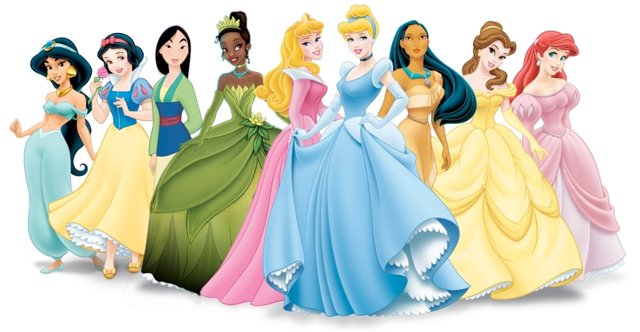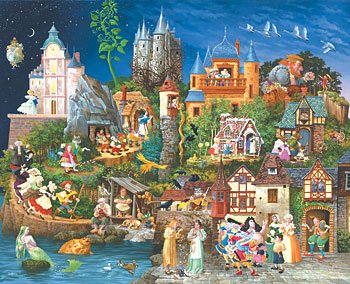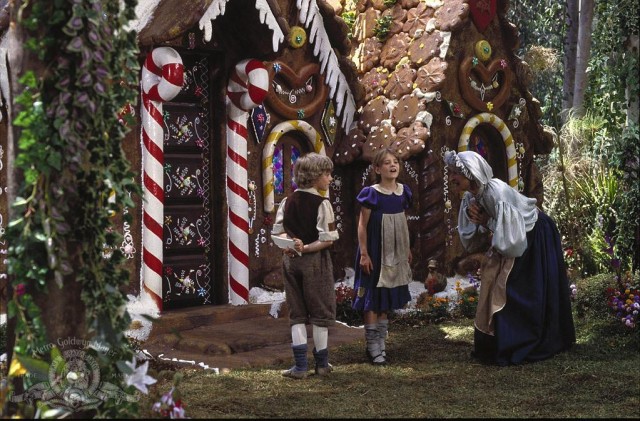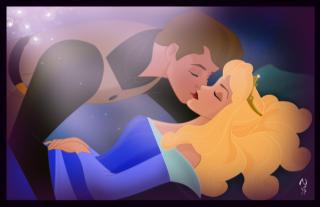By Kokil Sachdeva
“Fairy tales are more than true: not because they tell us that dragons exist, but because they tell us that dragons can be beaten”
– G.K. Chesterton
If someone ever asks me what the favourite part of my childhood was, I would not even think twice before saying; “Fairytales, of course”! For these were not just stories, and for that matter, they are not, even today! There’s much more to them than just a prose which begins with ‘Once upon a time’ and ends with ‘Happily ever after’. It is a notion of reality; realism put into words. Confused? Read on.
Every fairytale you’ve probably read is a modified version of an originally grim story. To quote the experts, the changes are purposefully made to make the stories suitable for children. But then, why are the modifications so similar? Why is it that every story has to begin with a pretty, yet troubled princess, and end with a kiss, that ceases all sorrows? This is not lack of creativity, right? And so, I put forward my argument: The original stories are purposefully modified not just to make them suitable for children, but to give them an optimistic approach to life when their schoolbooks talk only about addition and punctuations. And here’s how they do it.
Firstly, every fairytale portrays the protagonist as an innocent, pretty girl who’s fair, slim and has pink lips and the best hair. Wait! Do you consider it a female stereotype? If yes, you’re wrong. For the only intention behind presenting a pretty princess is to send out a message that it is innocence and a golden heart which makes you pretty, and not the riches and jewels. Think for yourself; why is it that, Cinderella, who sweeps and brooms all day pretty, and not her step sisters. Or maybe they are. Who knows? The tale never talks about how they look. Because all that matters is that they are wicked and there’s no use being slim and tall when you’re evil.
Next, there’s a step mom or a witch or it may even be a wolf, but there has to be something to trouble the innocent lead. Gives out a straight, clear message: Life isn’t easy. There are troubles and they could be caused by anyone; and your family does count.
And then, apart from the personified troubles, tales have another dark element; temptations. Was it not a candy house that landed Hansel and Gretel in trouble? And since kids are the target audience, do I need to say why these are added?
And then comes in the best part of fairytale; the prince charming, who would love you unconditionally, forever. This particular concept is meant to make kids believe that out somewhere in this cruel world, you will find people to love, to trust. True, the readers are too young to understand the concept of life partners but then even I was 9 when I first read about Cinderella’s prince and started believing that I would soon find mine’s too.
And the last common part; happy endings! :’)
Fairytales makes you believe that after all the gloominess, there would be happy times again. Practically, not possible always. But then we all need hope to cling on. And fairytales are meant to do so; ignite the dreams, beef up the efforts and convince that if it has to end, it has to end your way.






































